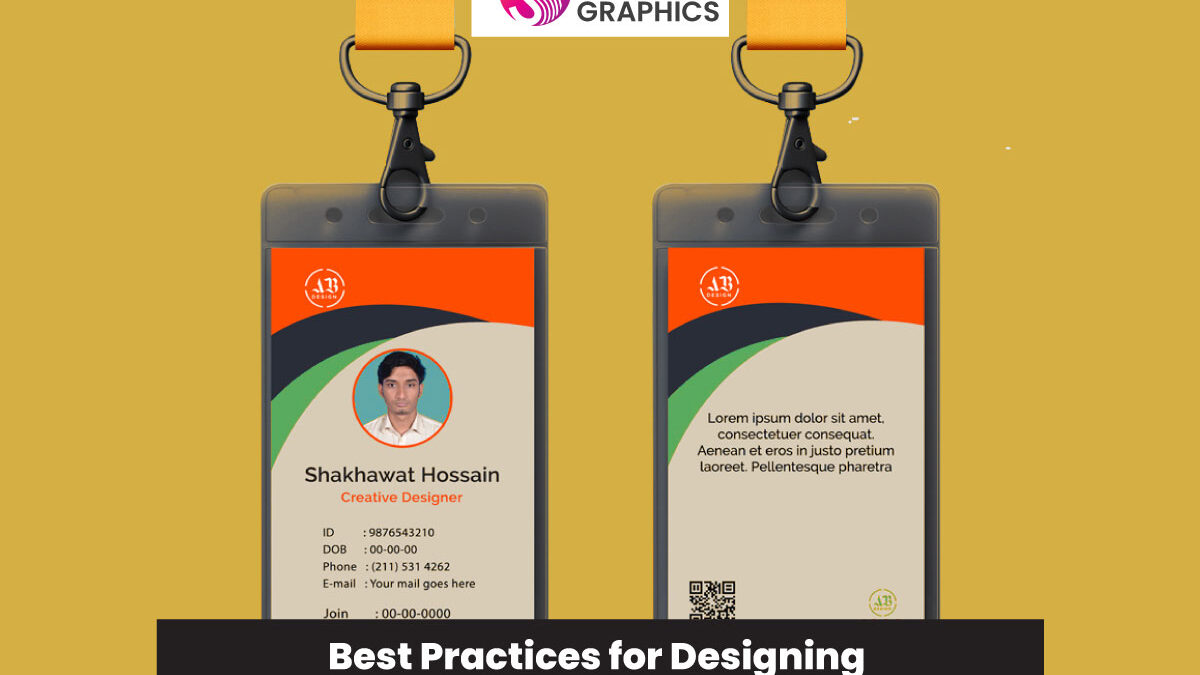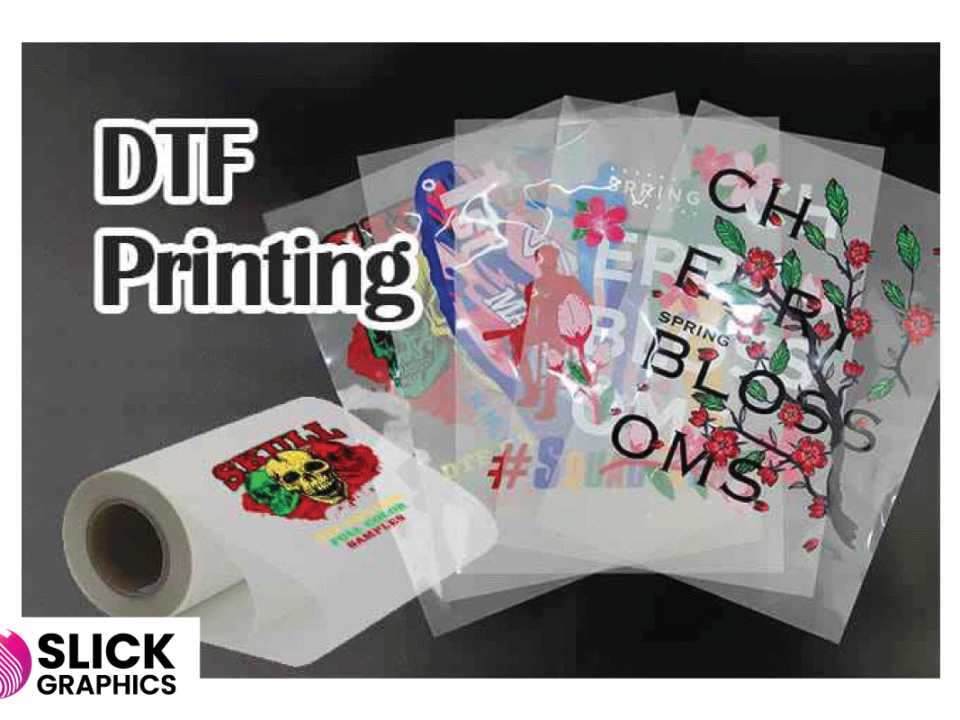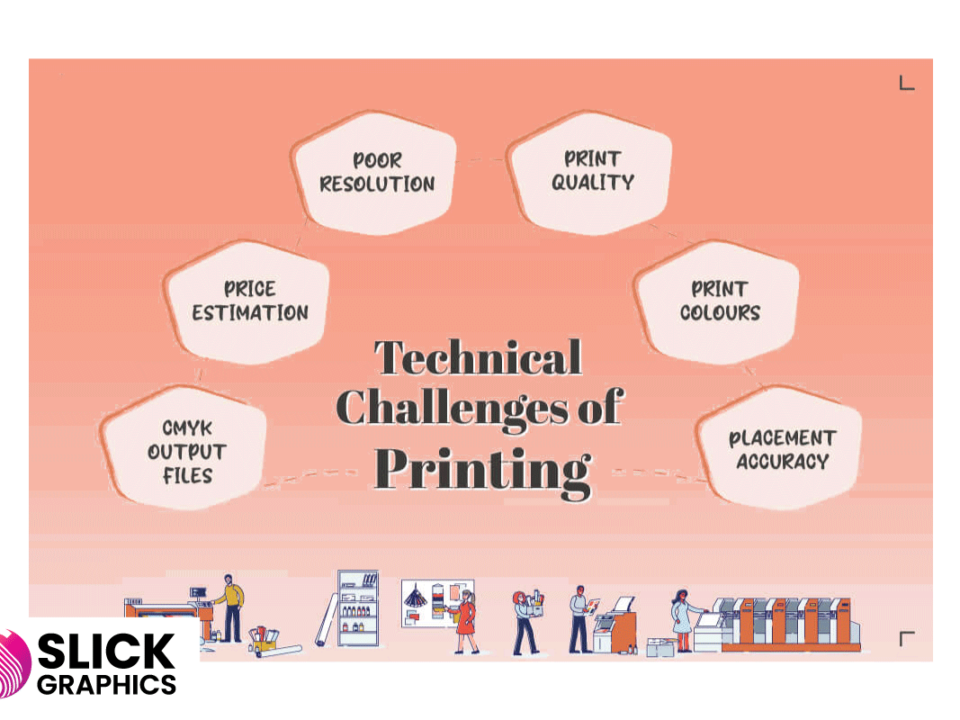Best Practices for Designing Functional and Secure IDs in Uganda
Best Practices for Designing Functional and Secure IDs in Uganda
In an increasingly digital world, the importance of well-designed identification documents cannot be overstated. In Uganda, where the need for secure and functional IDs is paramount, adopting best practices in design is crucial for both government institutions and private entities. This blog outlines key considerations and strategies for creating effective IDs that prioritize security, usability, and aesthetics.
1. Understand User Needs and Context
The first step in designing functional IDs is understanding the end users—who will be using the IDs and for what purposes. In Uganda, this includes government officials, businesses, and citizens. Conducting user research to gather insights into their needs can guide design decisions. For example, consider factors such as:
- Accessibility: Ensure the ID is easy to read for all demographics, including those with visual impairments.
- Usability: Design intuitive layouts that allow users to quickly locate essential information.
2. Incorporate Security Features
Security is a paramount concern in ID design. With rising cases of identity theft and fraud, incorporating robust security features can help prevent unauthorized use. Some effective security features include:
- Holograms and Watermarks: These elements can be embedded into the ID to deter counterfeiting and enhance authenticity.
- Microtext and Fine Print: Use microtext that is difficult to replicate and can only be viewed under magnification.
- QR Codes and RFID Chips: Integrating technology like QR codes or RFID chips can enhance the security and efficiency of verifying identities.
3. Use High-Quality Materials
The choice of materials is crucial in ensuring the durability and longevity of IDs. In Uganda, where environmental factors may affect the lifespan of documents, consider the following:
- Weather-Resistant Materials: Use materials that can withstand various weather conditions, reducing wear and tear.
- Eco-Friendly Options: Consider sustainable materials that minimize environmental impact while maintaining quality.
4. Prioritize Aesthetic Appeal
While functionality and security are critical, aesthetic appeal should not be overlooked. An attractive design can enhance the overall user experience and increase acceptance. Key aspects to consider include:
- Color Schemes: Use colors that resonate with the national identity and reflect cultural significance. Consider the psychological effects of colors and how they can influence perceptions of trustworthiness.
- Typography: Choose clear and legible fonts that enhance readability. Avoid overly decorative fonts that can confuse users.
5. Ensure Compliance with Standards
In Uganda, ID design must adhere to national and international standards to ensure consistency and security. This includes:
- Government Regulations: Familiarize yourself with laws and guidelines set forth by the Ugandan government regarding ID design.
- ISO Standards: Align your designs with ISO standards for identification documents to ensure interoperability and acceptance.
6. Test and Gather Feedback
Before finalizing the ID design, it’s essential to test the prototype with real users. Gathering feedback will help identify any usability issues and areas for improvement. Conduct surveys or focus groups to gather insights on:
- Ease of Use: Are users able to understand and use the ID without confusion?
- Security Perceptions: Do users feel secure using the ID in various situations?
7. Regularly Update Designs
As technology and user needs evolve, it’s essential to periodically review and update ID designs. This ensures that security measures remain effective and that the IDs continue to meet user expectations.
- Stay Informed: Keep abreast of the latest trends in ID design and security technology.
- Adapt to Feedback: Use user feedback and changing regulations to guide updates in ID design.
Conclusion
Designing functional and secure IDs in Uganda requires a multifaceted approach that balances user needs, security features, and aesthetic appeal. By implementing these best practices, designers can create identification documents that not only serve their purpose effectively but also foster trust and confidence among users. As Uganda continues to evolve in the digital age, investing in high-quality ID design will be a crucial step towards enhancing security and facilitating smoother interactions within society.



